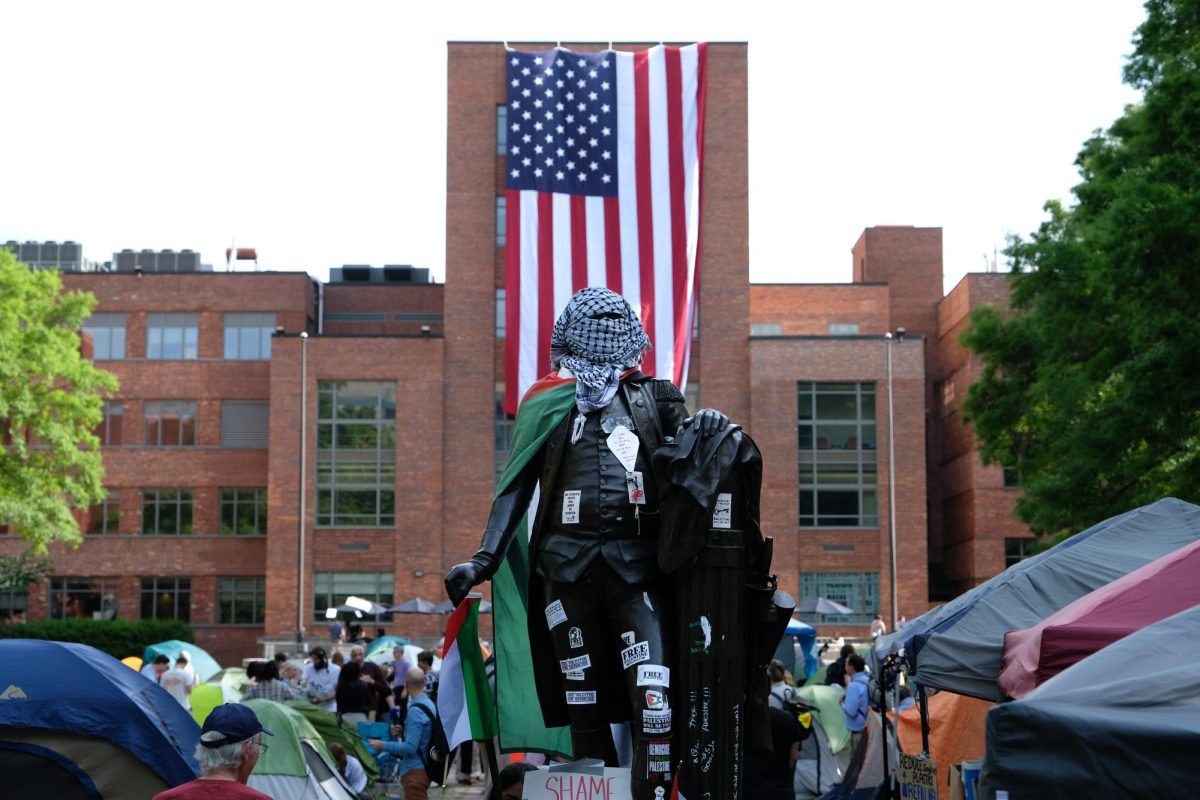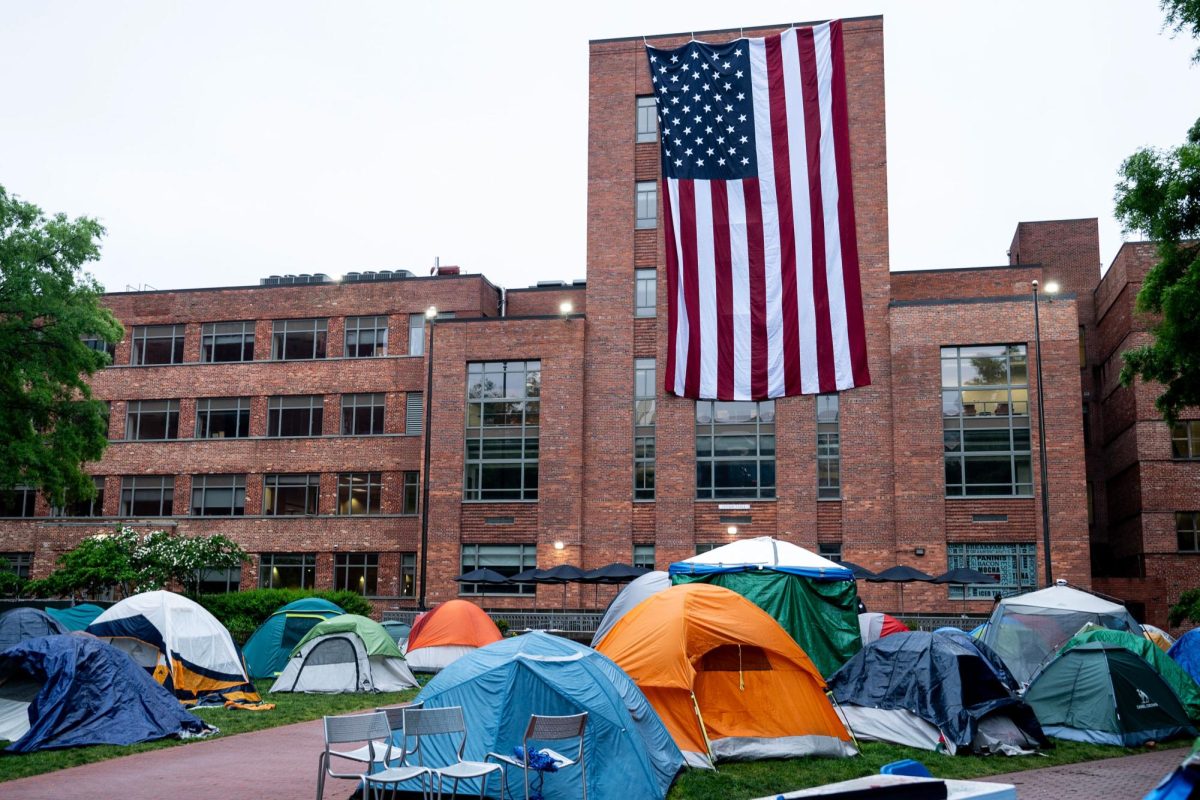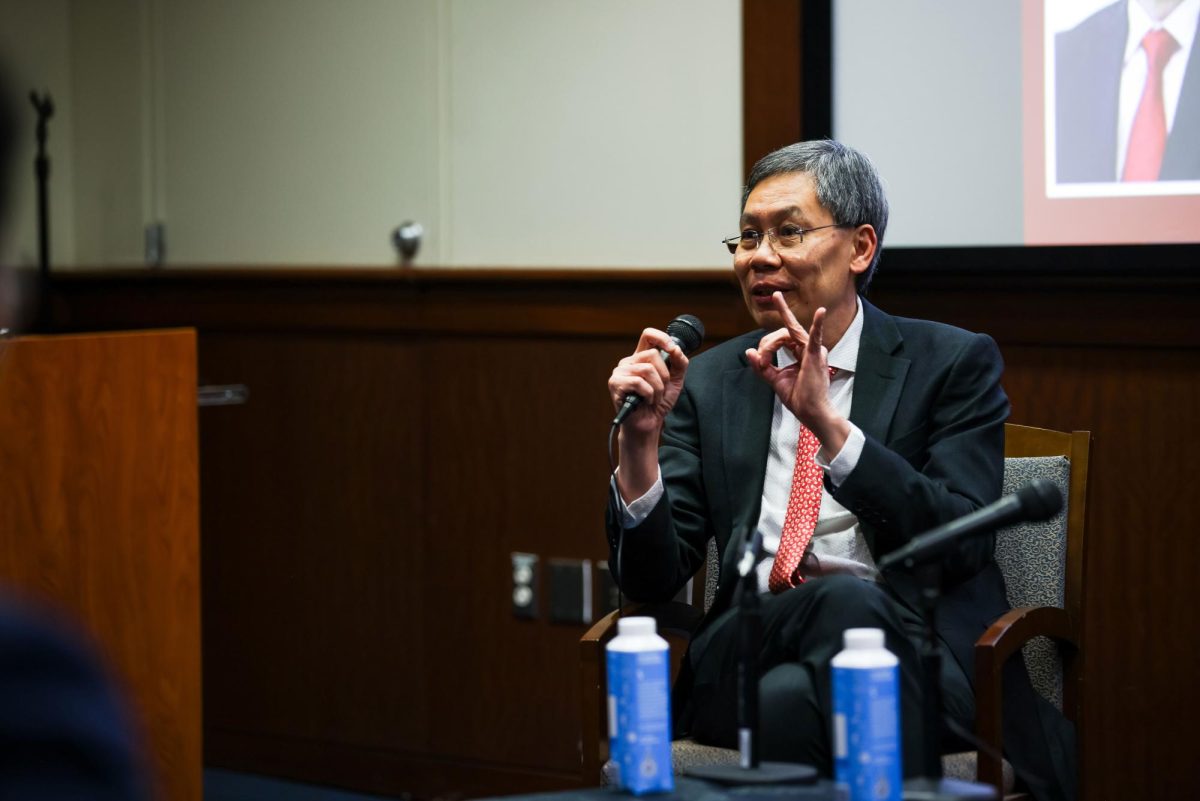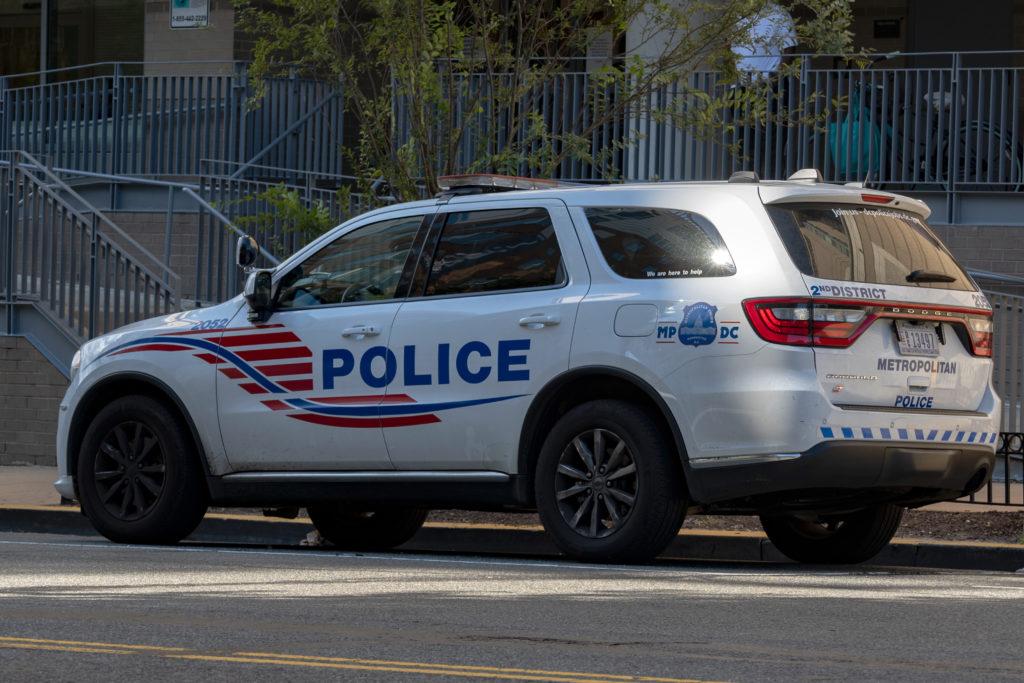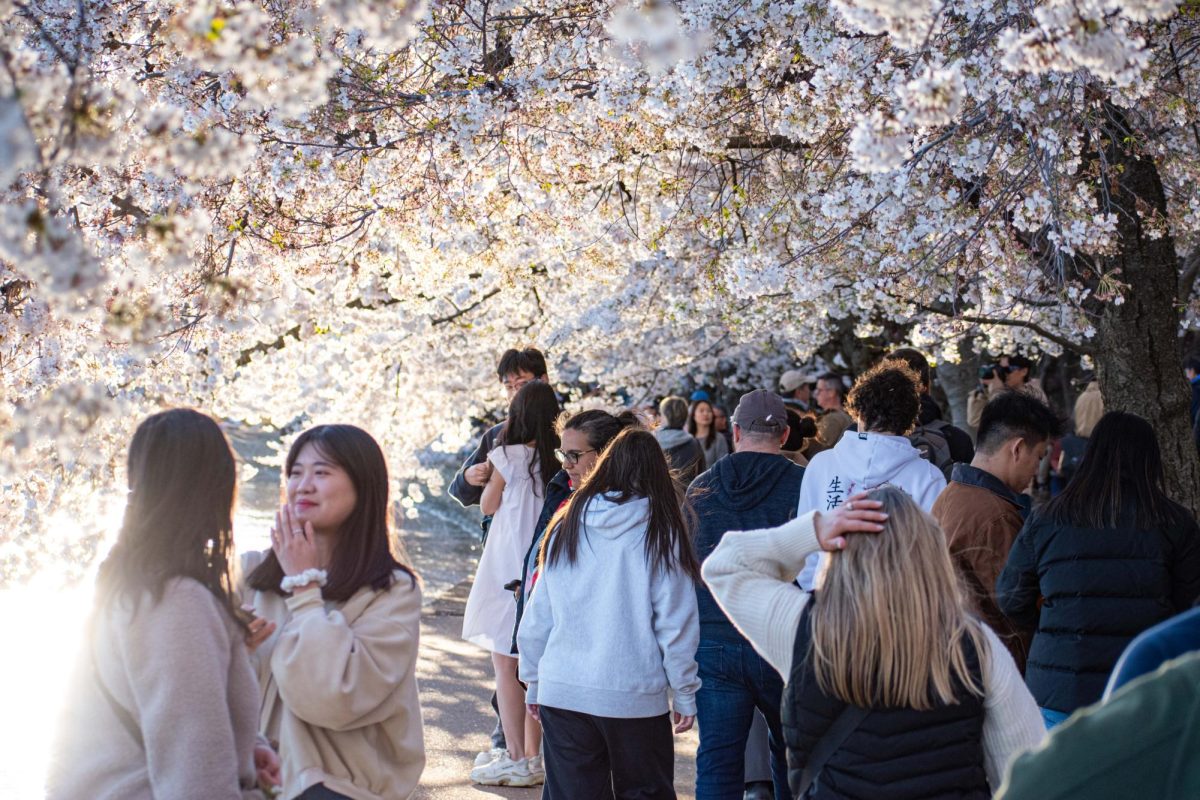Hundreds of trick-or-treaters swarmed Embassy Row Tuesday collecting candy and treats from the world’s diplomatic institutions.
About 150 college students made up the majority of trick-or-treaters. Witches, bumblebees, fairies, spidermen and flappers filed in and out of embassies including those of Latvia, Greece, Kenya, Korea and Guatemala.
Sophomore Liz Hassel, who was dressed as a black cat, came last year and plans to continue the tradition in future years.
“Everyone should take this opportunity to take advantage of what the city has to offer,” Hassel said. “I mean, we’re trick-or-treating on foreign soil in our own country in costumes.”
Sophomore Caitlin Neal-Jones, who was dressed as a Cajun and carried a shopping bag full of candy and other give-aways, said Halloween gave her the opportunity to sightsee.
“It gave me a chance to explore D.C. I had never been to Embassy Row until I came last Halloween,” Neal-Jones said. “It fosters a sense of community between college students and embassies.”
Small clusters of trick-or-treaters could be seen around 3:30 p.m., but by 4:30 p.m., large groups of almost 30 people were running from embassy to embassy on Massachusetts and New Hampshire avenues. Most embassies close by 5 p.m. Of those embassies that participated, some ran out of candy early, like the Bahaman Embassy which exhausted its sugar supply by 4:15 p.m.
Yiorgos Chouliaras, press counselor at the Greek Embassy, said it was important for the embassy to participate in the holiday celebration. He described how Halloween is similar to Greek holiday traditions at Christmas and New Year’s because both involve young people going from house to house receiving candy.
“There is something Greek about this holiday,” Chouliaras said. “There are connections and common elements between Halloween and our holidays. It is like being doubly at home.”
Many trick-or-treaters said they heard rumors of free vodka from the Russian Embassy or champagne from the French. These rumors were proven false, but trick-or-treaters settled for ethnic bracelets and chocolate pyramids from the Embassy of Guatemala, as well as typical American candy at many others.
“We were induced by myths of the Russian Embassy and vodka, but, in the end, our international sweet tooth brought us,” said Steve Place, a freshman at Catholic University.
Place, who was dressed as a zombie, added that he believed trick-or-treating on embassy row was an important cultural experience.
Sarah Johnson, a senior at American, said because of the cultural opportunity, the event was an important experience for D.C. students.
“It gives a chance to very briefly experience other cultures,” she said. “People at the embassies speak to you in their languages and occasionally they will give you a treat with some cultural value, though most are pretty American.”
GW freshmen Kate Lonergan, Elizabeth Orlan and Madeleine Foley said their first impression was that the embassy trick-or-treating helped to promoted different cultures.
“Korea made us sing for our candy, even, and they were taking pictures of us in our costumes,” said Orlan, who went as a fairy. “They seemed really happy to have us there.”



